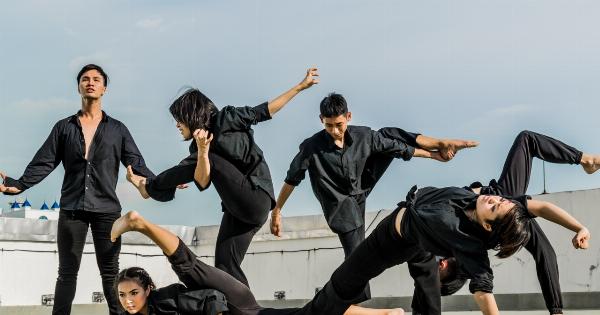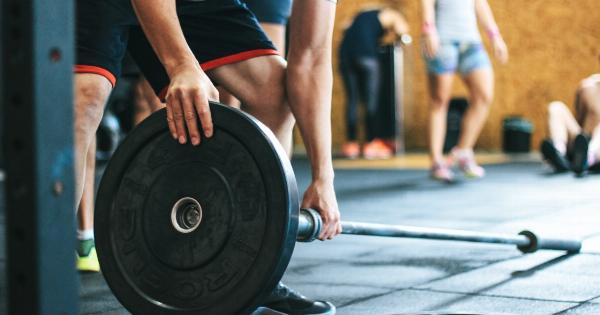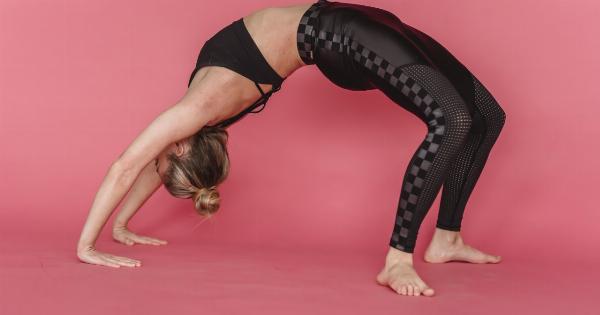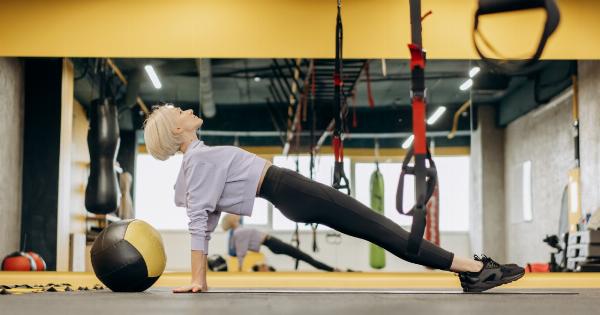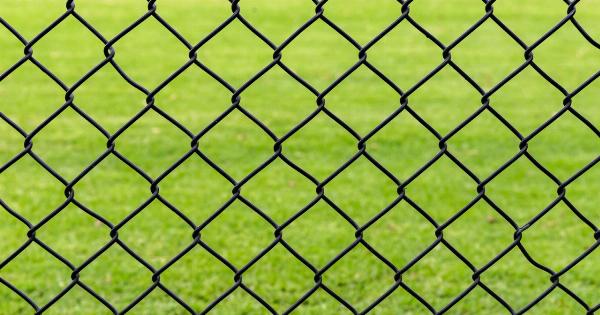When it comes to gymnastics, mastering the art takes time, dedication, and intense training. Gymnasts are known for their incredible strength, flexibility, and grace.
However, there are certain mistakes and improper techniques that can hinder progress and even lead to injuries. In this article, we will discuss the top ten things you should avoid when trying to master gymnastics.
1. Skipping Warm-ups
One of the most critical aspects of any physical activity, including gymnastics, is warming up the body. Skipping warm-ups can lead to pulled muscles and other injuries.
Warm-ups increase the heart rate and blood flow, increasing the flexibility and elasticity of muscles, tendons, and ligaments. Start with light cardio exercises to warm up and then move on to dynamic stretches specifically targeting the muscles used in gymnastics.
2. Neglecting Proper Technique
Gymnastics is all about technique. Neglecting proper form and technique can not only affect the aesthetics of your performance but also increase the risk of injuries.
It is crucial to learn the correct technique for each skill, paying attention to body positioning, alignment, and execution. Practice under the supervision of a qualified instructor who can provide feedback and guidance.
3. Overtraining
While practice is essential for improvement, overtraining can quickly lead to burnout and injuries. It is important to find a balance between rigorous training and adequate rest.
Pushing your body beyond its limits without allowing sufficient recovery time can result in chronic fatigue, muscle strains, and other overuse injuries. Listen to your body and incorporate rest days into your training schedule to prevent overtraining.
4. Ignoring Strength and Conditioning
Gymnastics requires immense strength and conditioning to perform well and prevent injuries. Ignoring strength and conditioning exercises can limit your progress and leave you susceptible to muscle imbalances and weaknesses.
Include regular strength training exercises targeting the specific muscles used in gymnastics, such as core exercises, upper body workouts, and leg strengthening exercises.
5. Rushing Skill Progression
Mastering gymnastics skills takes time and patience. Rushing skill progression can be detrimental to your training and increase the risk of injuries.
Each skill builds upon the foundation of previous skills, so it is crucial to give yourself enough time to develop the required strength, flexibility, and technique before moving on to more advanced moves. Work closely with your coach to follow a systematic skill progression plan.
6. Lack of Flexibility Training
Flexibility is a vital component of gymnastics. Neglecting flexibility training can limit your range of motion, hinder proper technique execution, and increase the risk of muscle strains and tears.
Incorporate regular stretching exercises targeting all major muscle groups used in gymnastics, such as hamstring stretches, shoulder stretches, splits, and backbends. Remember to warm up before stretching to avoid injury.
7. Inadequate Spotting
Spotting is essential in gymnastics, especially when attempting new and challenging skills. Inadequate spotting can increase the risk of falling and serious injuries.
Always practice with a spotter, particularly for skills that require a high level of strength or balance. Spotting provides physical support and helps maintain proper body alignment and technique during difficult maneuvers.
8. Neglecting Mental Training
Gymnastics not only requires physical strength and flexibility but also mental toughness. Neglecting mental training and focusing solely on the physical aspect can hinder your performance.
Techniques such as visualization, positive self-talk, and goal-setting can help improve focus, confidence, and resilience. Incorporate mental training exercises into your practice routine to enhance your gymnastics mastery.
9. Inadequate Conditioning for Impact
Gymnastics involves various high-impact landings, flips, and jumps. Inadequate conditioning for impact can increase the risk of stress fractures, shin splints, and other impact-related injuries.
Incorporate exercises that strengthen your bones and joints, such as plyometrics and strength training for the lower body. Start with low-impact exercises and gradually increase the intensity to condition your body for the demands of gymnastics.
10. Poor Nutrition and Hydration
Proper nutrition and hydration play a crucial role in gymnastics mastery. Inadequate nourishment can lead to muscle weakness, fatigue, and poor performance.
Ensure you fuel your body with a well-balanced diet that includes a combination of carbohydrates, proteins, and healthy fats. Stay hydrated by drinking enough water before, during, and after training sessions to maintain optimal performance and prevent muscle cramps.

